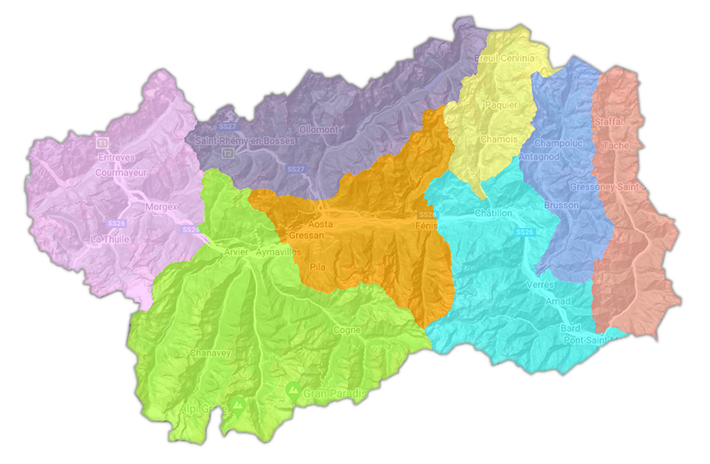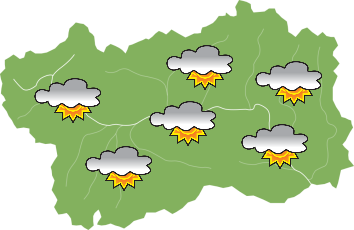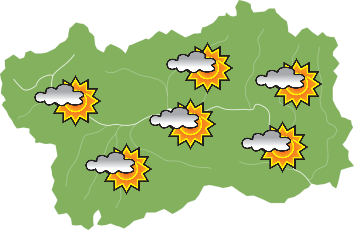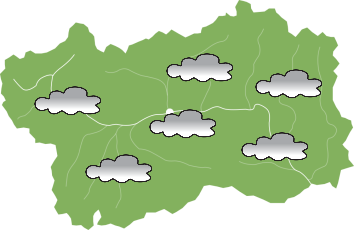Villas in Courmayeur
Architecture - CourmayeurThe most qualified expansion of this famous tourist resort occurred between the two World Wars. The most typical type of town of the period is represented by villas surrounded by large gardens.
Villa Tondani, Via Donzelli 2, is a characteristic compound of Medieval style buildings. The villa is made up of the main building (1930), a chapel with a stone and plaster bell tower, an L-shaped portico with stone columns and arches, a stone pavilion with trefoil windows and portico on the facade. The garden that combines natural elements (stream, pond, etc.) with artificial ones (walls, roads, balustrades, etc.) is extremely interesting.
near the villa Tondani stands La Freidolina (1916), an asymmetrical building with a stone facade and other parts imitating latticework constructions.
Another latticework construction with a steep roof is the Villa Marone, Strada Le Volpi 1, an articulated structure built in 1925 and recently renovated. It was once surrounded by a large park, no longer existent.
Villa Bagnara, Via XVI Luglio, (1935) is a three-story stone building with stone jambs and architraves. The sculptured door at the end of a short staircase opens onto Viale Monte Bianco.










